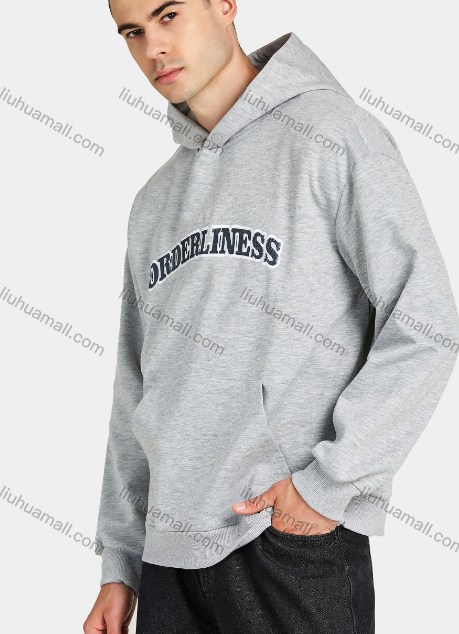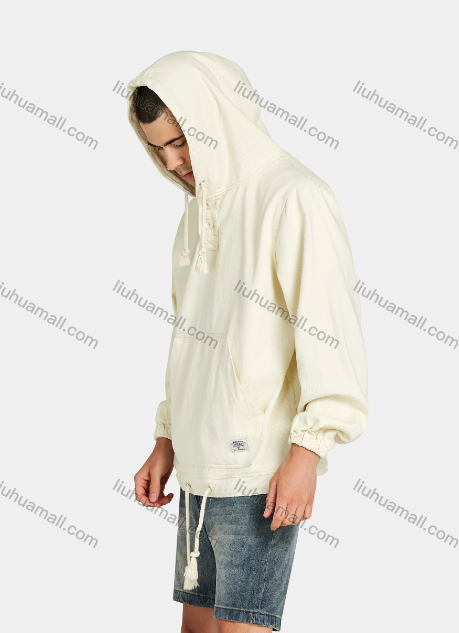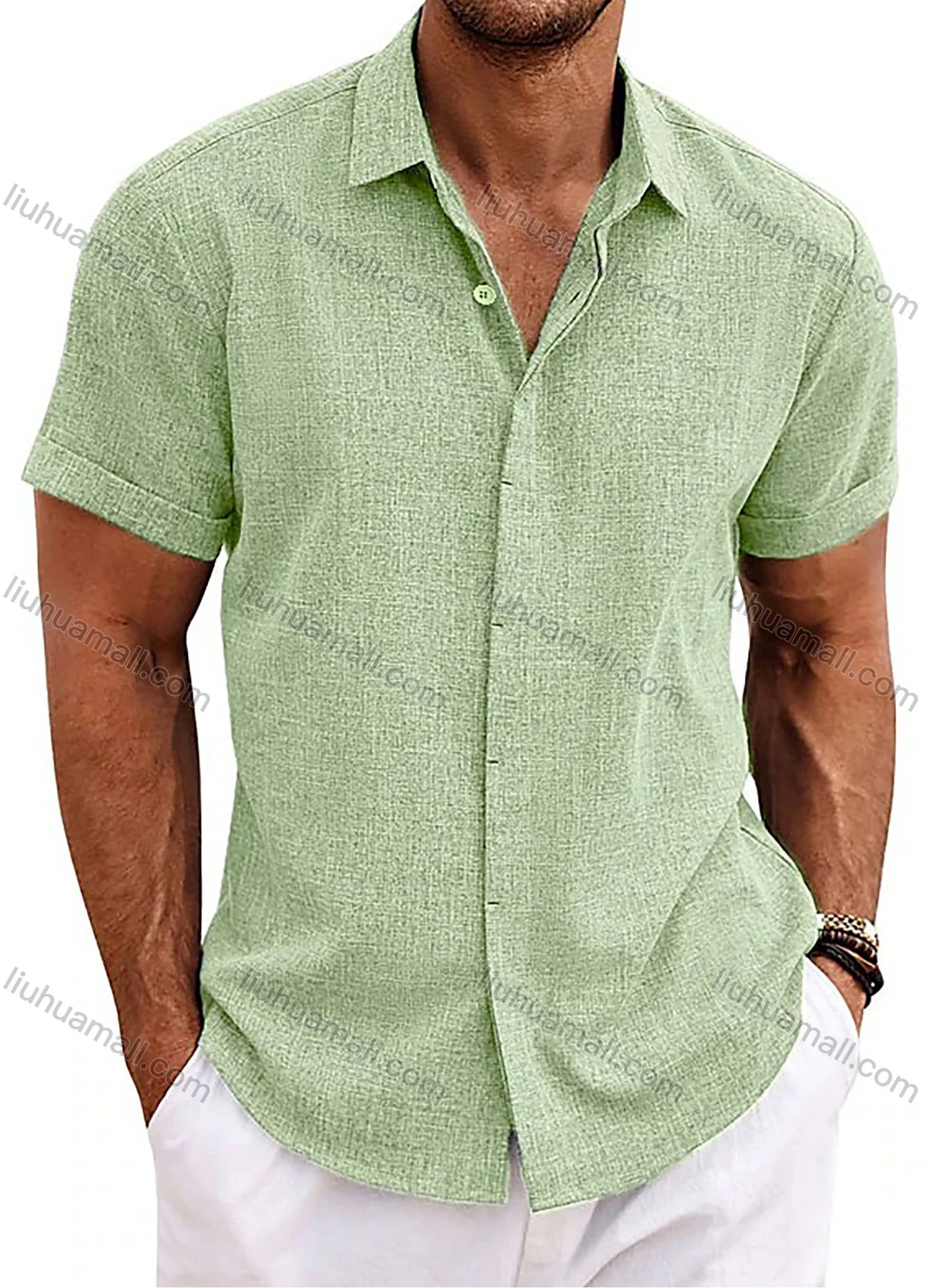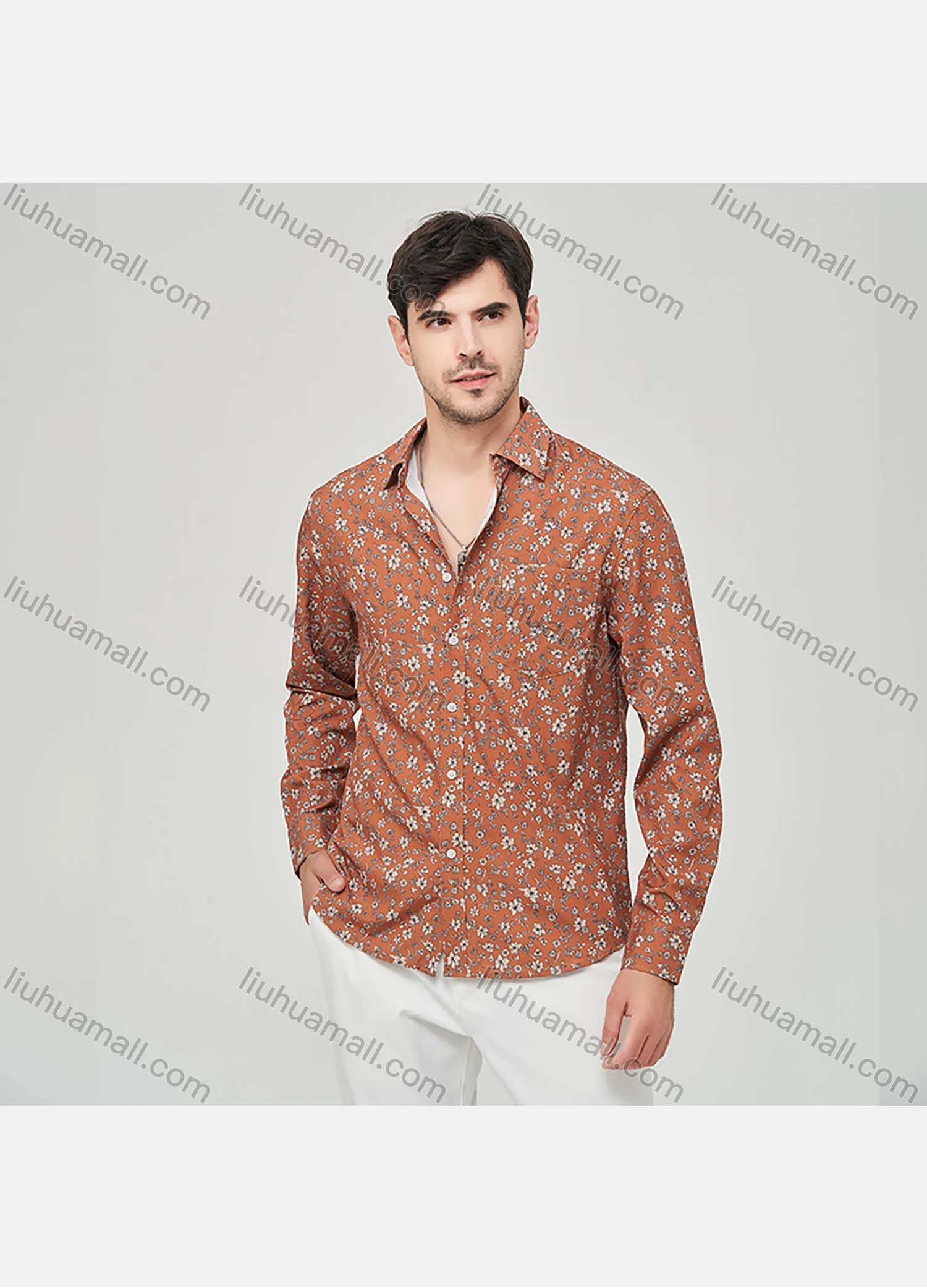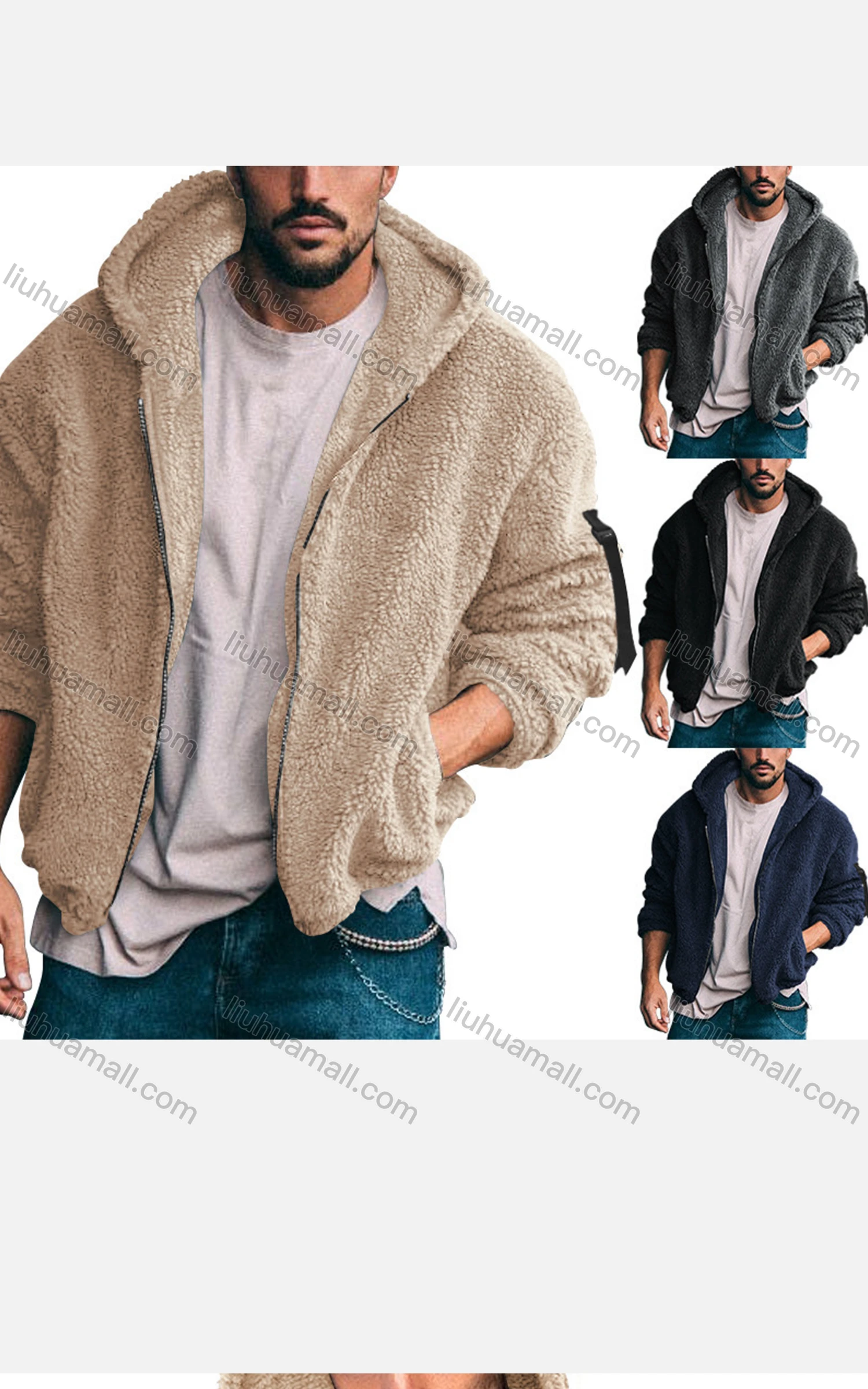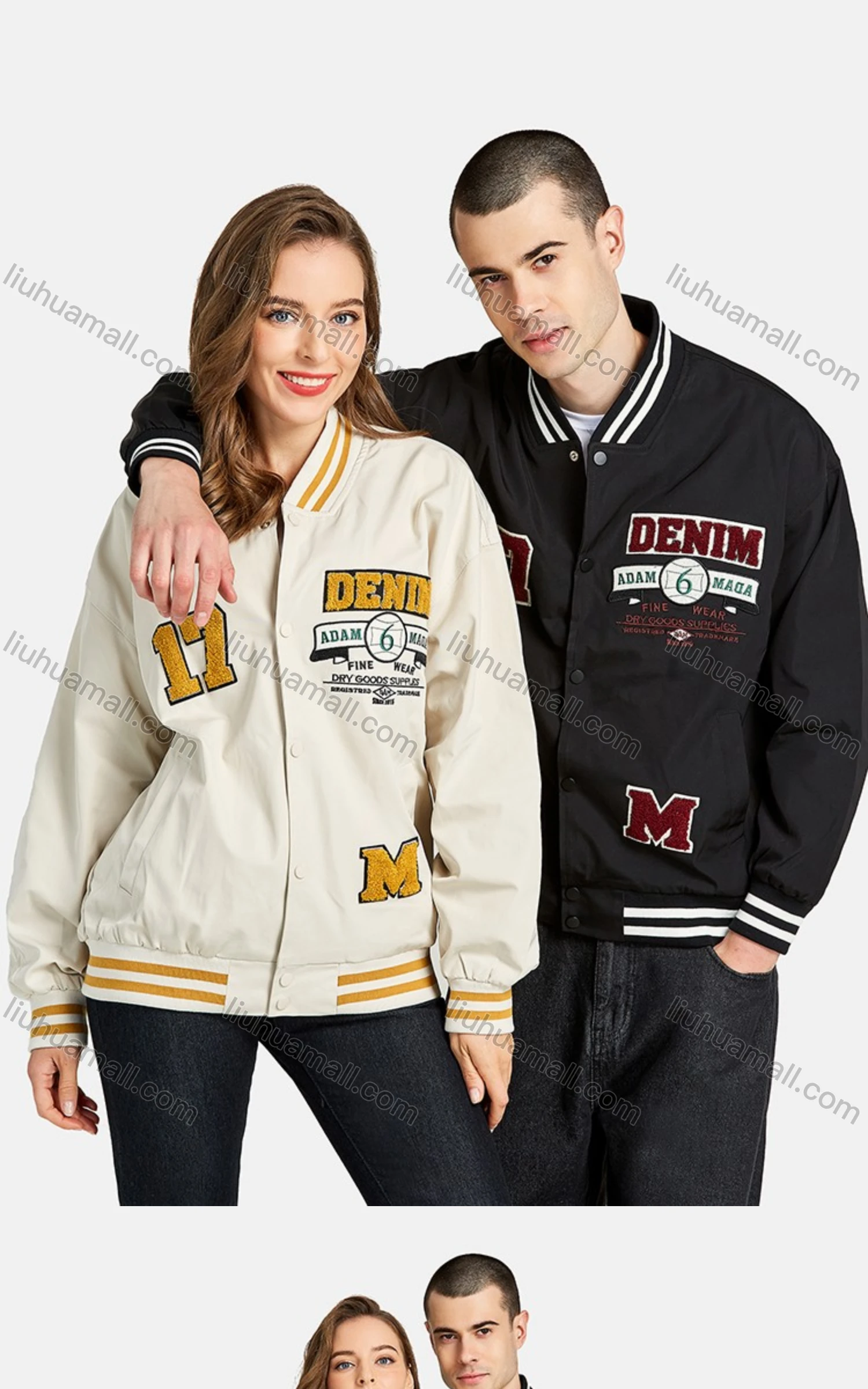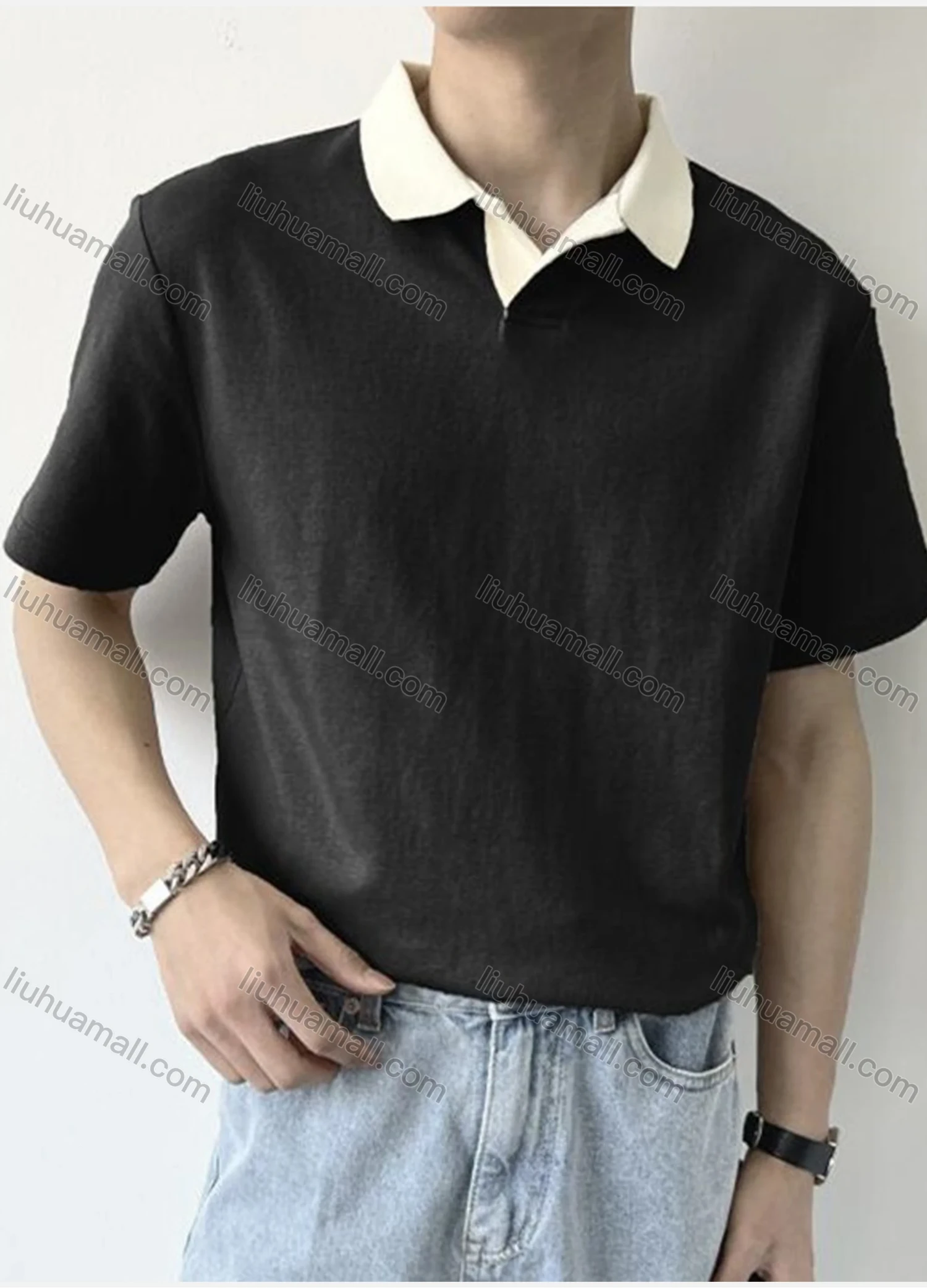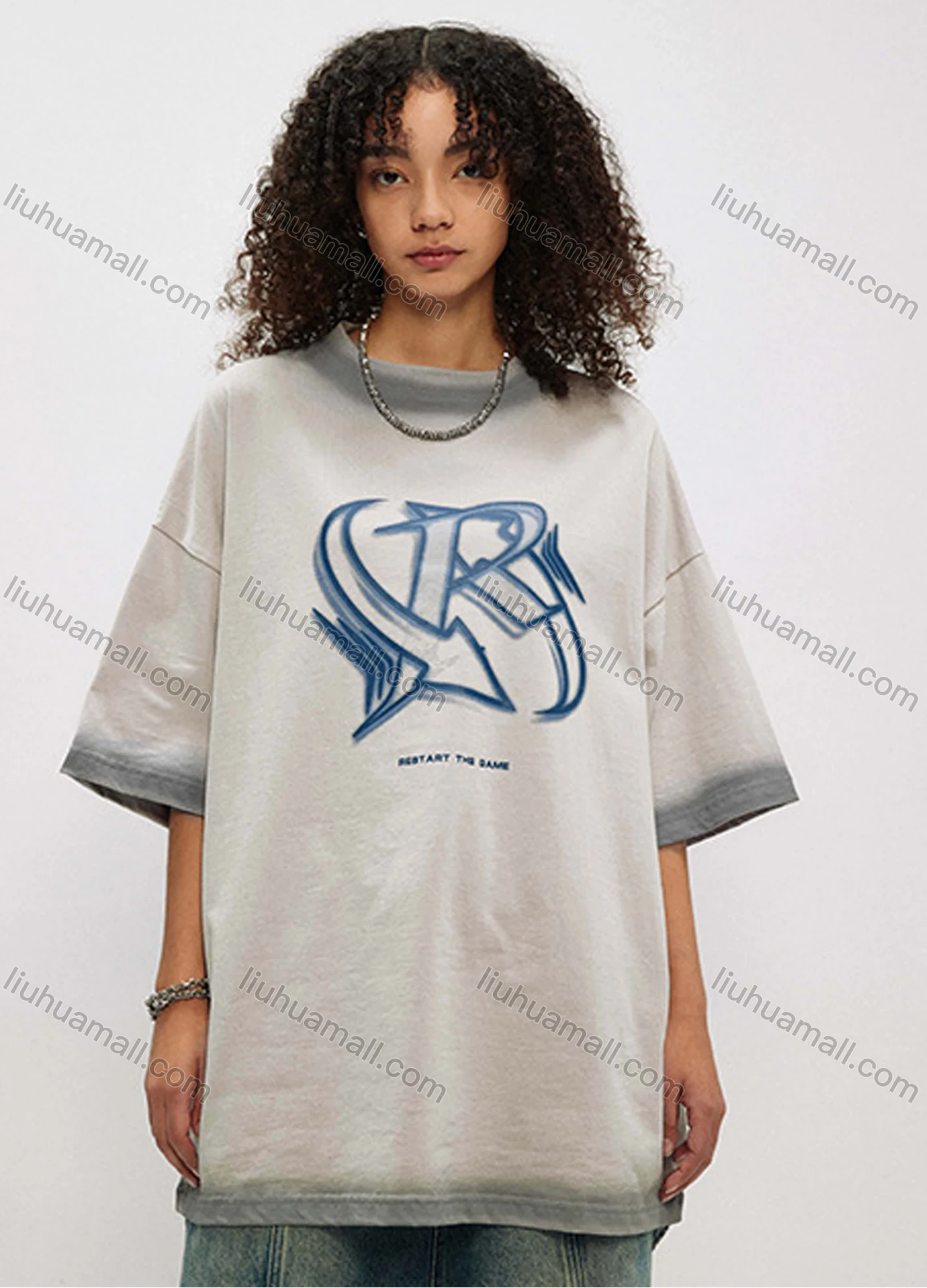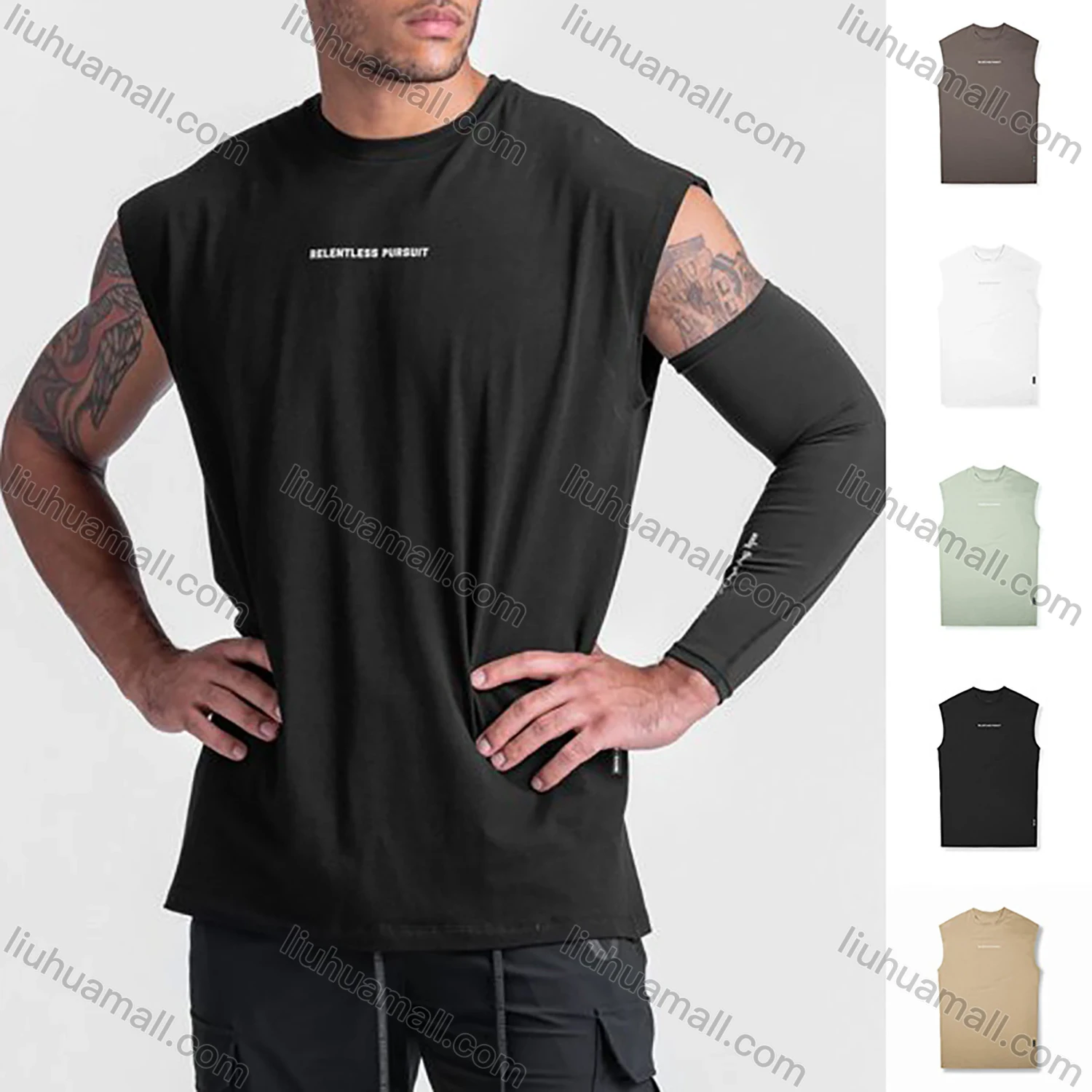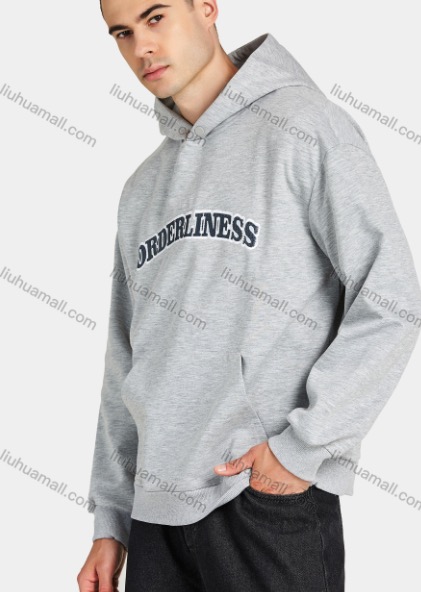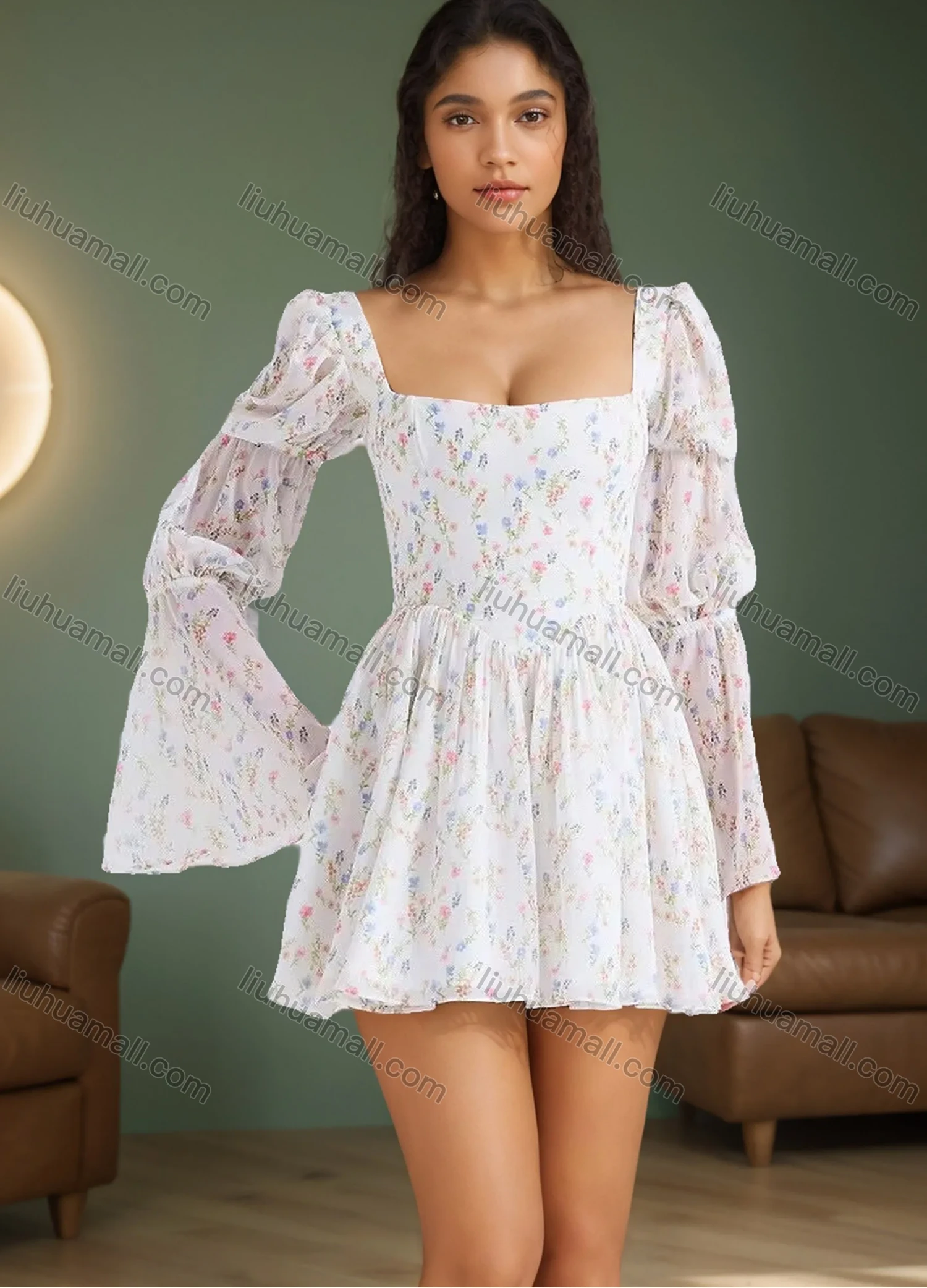 In the vast realm of fashion, the short dress stands as a timeless and versatile piece that has captivated the hearts and wardrobes of women across generations. Its charm lies not just in its ability to adapt to various occasions and styles but also in its inherent capacity to accentuate the natural beauty and confidence of its wearer. The short dress is more than just a garment; it is a fashion statement that embodies elegance, playfulness, and a touch of daring sophistication.
In the vast realm of fashion, the short dress stands as a timeless and versatile piece that has captivated the hearts and wardrobes of women across generations. Its charm lies not just in its ability to adapt to various occasions and styles but also in its inherent capacity to accentuate the natural beauty and confidence of its wearer. The short dress is more than just a garment; it is a fashion statement that embodies elegance, playfulness, and a touch of daring sophistication.
Versatility in Design and Occasion
One of the most compelling attributes of the short dress is its versatility. From casual everyday wear to elegant evening attire, the short dress can be tailored to fit any occasion. A breezy cotton sundress with floral prints is perfect for a laid-back summer day, while a sleek leather mini dress with strategic cut-outs can transform into a statement piece for a night out. The length itself—typically falling above the knee—allows for a wide range of movements, making it ideal for both relaxed and dynamic settings.
Designers have embraced this versatility, offering countless variations in fabrics, cuts, and embellishments. From the classic A-line to the figure-hugging bodycon, the short dress comes in a myriad of forms to cater to different body types and personal preferences. Whether you prefer a minimalist aesthetic or are drawn to bold patterns and intricate details, there is a short dress that speaks to your unique sense of style.
Accentuating Beauty and Confidence
The short dress has a unique ability to accentuate the natural curves and lines of the female body. By exposing more leg, it elongates the silhouette, creating a visually appealing and often slimming effect. This strategic exposure also adds a touch of sexiness and confidence to the wearer’s demeanor. Women who opt for short dresses often do so because they feel empowered and comfortable in their skin, a sentiment that is reflected in their stride and posture.
Moreover, the short dress allows for easy pairing with various accessories, further enhancing its appeal. A pair of stylish heels can elevate an otherwise casual dress to evening-appropriate attire, while a cozy cardigan or a chic belt can transform it into a more relaxed, daytime look. This adaptability ensures that the short dress remains a staple in many women’s wardrobes, ready to be styled anew with each passing season.
Cultural and Historical Significance
The popularity of the short dress is not a recent phenomenon. Throughout history, various cultures have embraced short dresses as symbols of freedom, youth, and fashion-forwardness. In the early 20th century, the flapper dress—a short, often beaded and fringed garment—became synonymous with the Jazz Age, representing a break from traditional constraints and a celebration of newfound liberties.
Today, the short dress continues to evolve, reflecting the changing attitudes and values of society. It is worn by women of all ages, from teenagers to seniors, each adding their own unique twist to this timeless piece. Its continued relevance speaks to its ability to transcend trends, remaining a staple of fashion that resonates with people across different eras and cultures.
Conclusion
In essence, the short dress is a testament to the power of fashion in expressing individuality, confidence, and style. Its versatility, beauty, and cultural significance make it a cherished addition to any wardrobe. Whether you’re dressing up for a special occasion or simply looking to add a touch of flair to your everyday look, the short dress is there, ready to elevate your ensemble and your spirit. As fashion continues to evolve, the short dress will undoubtedly remain a cherished and enduring symbol of elegance and versatility.
